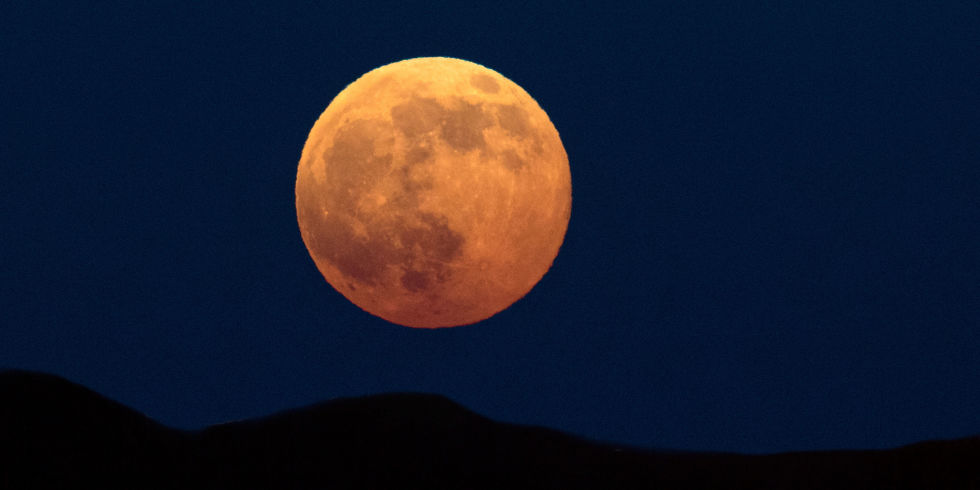If you loved getting a glimpse of the wolf moon – the first supermoon of 2018 which graced our skies on January 1 – you’ll want to know all about the lunar phenomena that is set to occur on January 31.
Dubbed the ‘Super Blue Blood Moon’, the spectacular event will merge three separate lunar happenings that will be visible for the first time in over 150 years.
So what does this entail?
On January 31, the moon will…
• Be in its second full phase of the month
• Be the first of two blue moons in 2018
• Line up with a total lunar eclipse
These three events combined will turn the moon a glowing red colour, known as a Blood Moon.
And that’s not all – on January 30, the moon will be at its closest point to Earth, making it the second supermoon of the year.

The combination of the lunar eclipse and blue moon hasn’t been observed for over 150 years, according to Space.com. But, unlike the name suggests, blue moons are not actually of that colour. The name just signifies that it is the second full moon in the same month.
During the lunar eclipse, Earth will line up between the moon and the sun, blocking light from the moon’s surface and turning it blood red.
Depending on where you’re observing from in the world, this unusual phenomenon will take place either on the night of the 31, or the morning of February 1.
The best places to see the lunar event are western US, Alaska, Hawaii, British Columbia, central and eastern Asia, Indonesia, New Zealand, and Australia, NASA revealed. These locations will be able to see the lunar eclipse from start to finish, as it occurs when the Pacific Ocean faces the moon.
Moongazers will be able to observe the phenomenon anywhere in the world, though some places will only be able to witness a partial eclipse.












